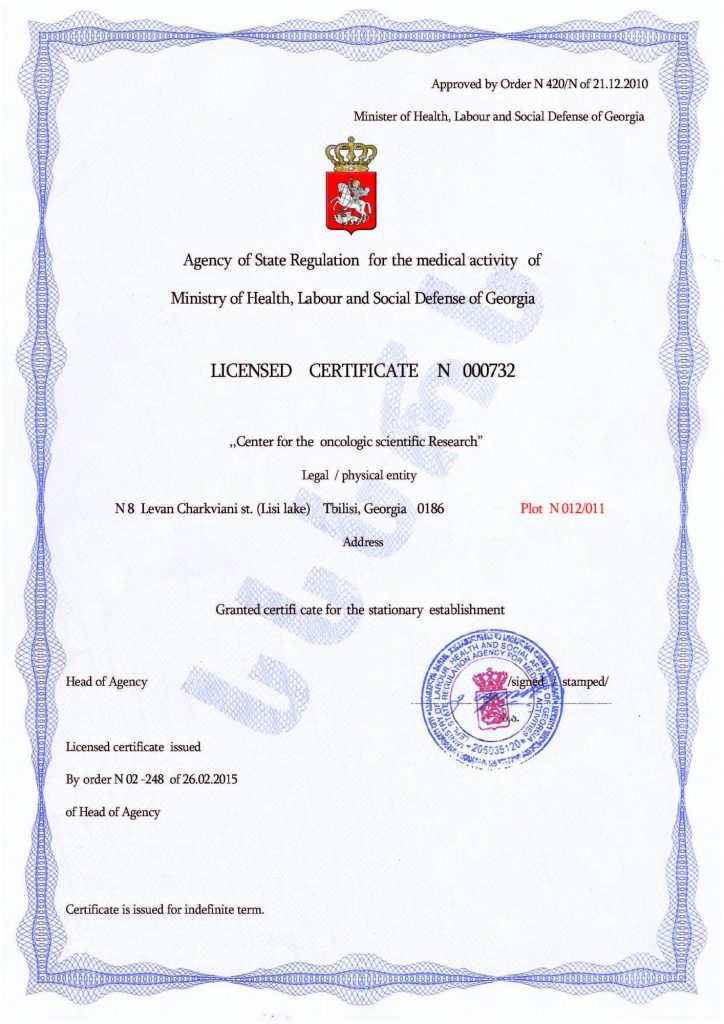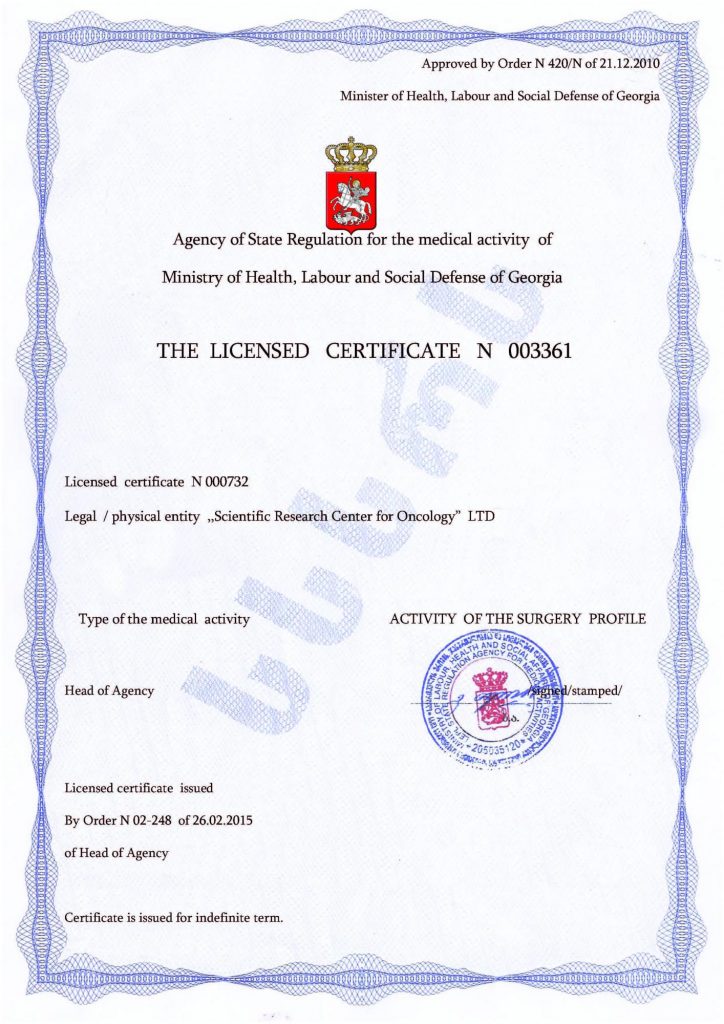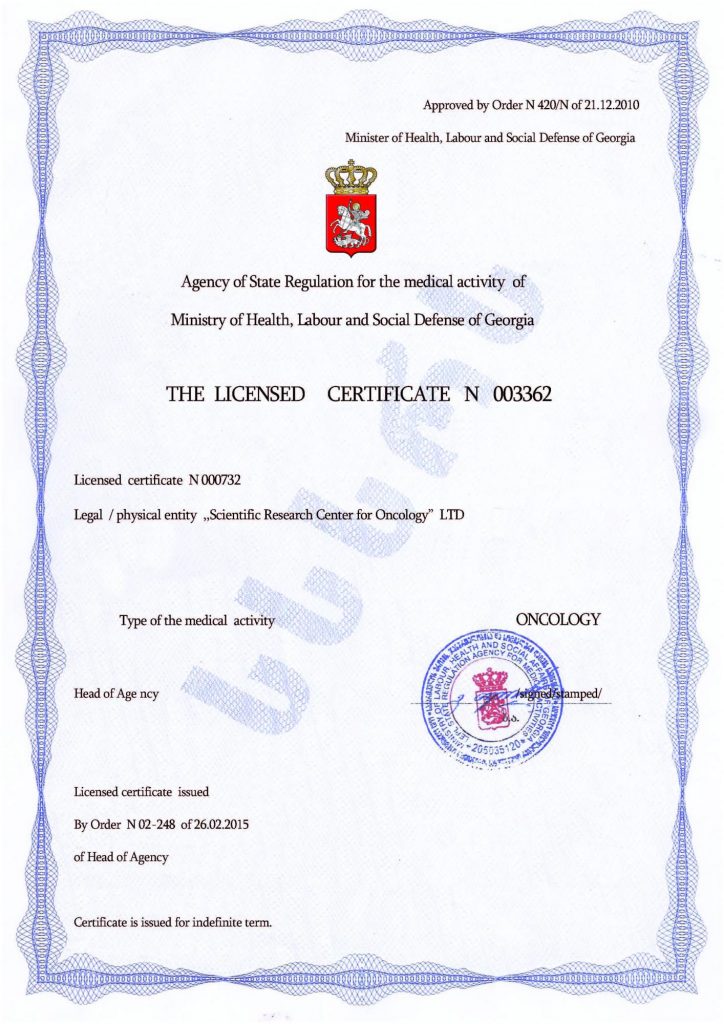Do Autistic People Sway? Understanding Stimming Behavior
Yes, some autistic individuals may engage in swaying or other repetitive movements, which are commonly referred to as stimming (self-stimulatory behavior). Stimming includes a wide range of repetitive motions or sounds, such as:
- Hand-flapping
- Rocking
- Swaying
- Spinning
- Repetitive vocalizations
These behaviors can be observed in individuals with autism, but it’s important to remember that not all autistic people engage in stimming, and the type, frequency, and intensity of these behaviors can vary significantly from person to person.
Why Do Some Autistic People Sway?
Swaying is a type of repetitive motion that some people with autism may do to help themselves regulate their sensory experiences, manage emotional states, or simply feel a sense of calm. Here’s why swaying (and other stimming behaviors) might occur:
- Sensory Regulation: Autistic individuals often have sensory sensitivities, meaning they may be overstimulated by lights, sounds, or textures. Behaviors like swaying help them self-regulate in overwhelming environments.
- Emotional Self-soothing: Swaying may help a person calm themselves when they feel anxious, stressed, or excited. It can serve as a self-soothing mechanism during emotional or sensory overload.
Stimming behaviors like swaying are often observed when someone is feeling overwhelmed or when they need help focusing. These behaviors provide a predictable and comforting way to cope with sensory input or emotional states.
When Does Swaying Occur?
Swaying and other stimming behaviors can be triggered by various emotional and sensory factors, including:
- Excitement: Some children or adults with autism may sway when they are excited or happy.
- Anxiety or Stress: Swaying may also occur when the individual is feeling anxious, frustrated, or overwhelmed.
- Sensory Overload: In a noisy, bright, or crowded environment, stimming can help manage sensory overwhelm.
Is Swaying Harmful?
While swaying and other forms of stimming might seem unusual to some, they are not harmful and typically serve an important function in helping autistic individuals manage their environment. Instead of trying to stop these behaviors, it’s often more helpful to:
- Understand the behavior: Recognize that stimming is often a coping mechanism.
- Support the individual: Offer environments or alternatives that can help them feel comfortable.
- Encourage self-regulation: Help them find other ways to meet their sensory or emotional needs.
It’s important to note that stimming is not exclusive to people with autism. Many neurotypical individuals also engage in repetitive behaviors, such as:
- Tapping their foot
- Fidgeting with objects
- Humming or clicking pens
However, in autistic individuals, these behaviors might be more frequent or pronounced due to differences in how their brains process sensory information and emotions.
In summary, while some autistic people may sway or engage in other repetitive behaviors, it is a natural and important way for them to manage their sensory experiences, emotions, and the world around them. Rather than discouraging these behaviors, it’s key to:
- Understand the purpose behind stimming
- Support the individual in finding ways to cope that feel safe and comfortable
Stimming is part of an individual’s unique coping strategy, and fostering understanding and compassion around these behaviors can help create a more supportive and inclusive environment for everyone.
Autism Treatment Center Videos
Autism treatment with own stem cells
Cord blood association congress
International Quality Crown
Autism Treatment Reviews
Autism treatment with own stem cells
The story of Alessandro (6 years old)
Autism Patient Testimonial - Stem Cell Treatment
Clients Testimonials

Feedback from Yulia, mother of Emily (7 years old) Read More

Feedback by Everita, Katrina’s mother (5 years old) Read More

Feedback from Igor, David’s father (12 years old) Read More

Feedback from Olga, Fedya’s mother Read More

Feedback from Natalia, Radomir’s mother (15 years old) Read More












